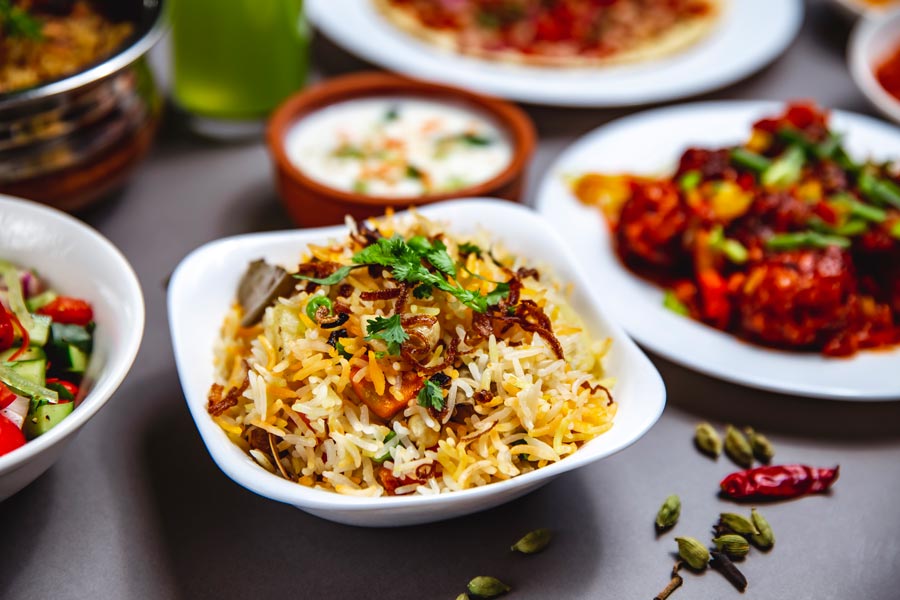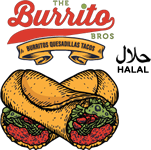When you bite into a crispy tex-mex taco loaded with yellow cheese or savor a sizzling burrito, you’re experiencing tex-mex cuisine—not traditional mexican food. This distinctive regional cuisine developed when the Tejano people and Spanish immigrants in Texas created comfort foods from both sides of the border, blending Mexican and Spanish culinary traditions with American cuisine to form what food writer Diana Kennedy called “Americanized Mexican” cooking.
The Origins of Tex-Mex Cuisine
The term tex-mex originally referred to the Texas Mexican Railway, but evolved to describe the unique style of cooking that emerged in San Antonio and the Texas Hill Country. Unlike authentic Northern Mexico dishes, this texmex fusion incorporated readily available ingredients and cooking methods that appealed to those who lived in Texas during the cultural mixing of Northern Mexican traditions with American influences.
Restaurant owners and the modern tex-mex kitchen transformed these comfort food traditions into the popular foods we recognize today, creating tex-mex restaurants that serve everything from street food to elaborate tex-mex dishes accompanied by tequila and margarita cocktails.

Key Differences Between Tex-Mex and Mexican Cuisine
Cheese and Chili: The Heart of Tex-Mex Cooking
The most obvious distinction involves cheese selection. Tex-mex cooking heavily features melted cheddar cheese instead of queso oaxaca common in mexican cuisine. Traditional preparations use white Mexican ingredients, while tex-mex food embraces processed yellow cheese for its melting properties.
Chili powder dominates tex-mex recipes, creating the bold flavors that define this comfort food. Northern mexican cooking typically uses fresh chili peppers and jalapeno, while tex-mex classic preparations rely on ground spice blends.
Signature Tex-Mex Dish Preparation: From Tacos to Enchiladas
Chili con carne represents pure tex-mex innovation—this hearty stew featuring ground beef and beans has no equivalent in authentic Mexican cooking. The dish exemplifies how tex-mex cookbook authors adapted Mexican ingredients for American tastes.
Cheese enchiladas showcase the tex-mex approach with their heavy cheese content and distinctive sauce that is made from chili-based gravies. Nacho platters feature tortilla chips covered with melted cheese and topped with jalapeños, while tex-mex tacos use crispy taco shells rather than soft flour tortillas preferred in Mexican restaurant traditions. Modern chef interpretations often include refried beans as accompaniments to these classic preparations.
Breakfast tacos demonstrate tex-mex adaptability by incorporating American breakfast elements into traditional wrappings. Meanwhile, pico de gallo and guacamole serve as fresh accompaniments that bridge both cuisines.
Cultural Impact and Modern Evolution: From Food Truck to Texan Identity
The popularity of queso dip and other tex-mex specialties has fundamentally shaped American dining. From food truck operations to established tex-mex restaurants, this regional cuisine generates significant economic impact while providing accessible comfort food options.
Restaurateur innovation continues driving tex-mex evolution, with modern interpretations incorporating skirt steak fajitas and artisanal approaches to classic preparations. The cuisine’s flexibility allows for both casual street food presentations and upscale dining experiences where queso becomes an art form.
Cities like Oaxaca maintain traditional Mexican cooking methods, while Texas establishments perfect the tex-mex dish combinations that Americans crave. This parallel development preserves both culinary traditions while celebrating their distinct characteristics.
Health Benefits and Accessibility of Mexican Food Fusion
Tex-mex food offers nutritional benefits through protein variety and vegetable integration, though moderation remains important given the rich cheese and sauce components. The cuisine’s customizable nature allows diners to control portions and ingredients according to their preferences.
Understanding tex-mex as a distinct fusion rather than authentic Mexican cuisine enhances appreciation for both traditions. This style of cooking represents successful cultural adaptation, creating beloved comfort food that continues evolving while maintaining its essential character of bold flavors and satisfying presentations.

